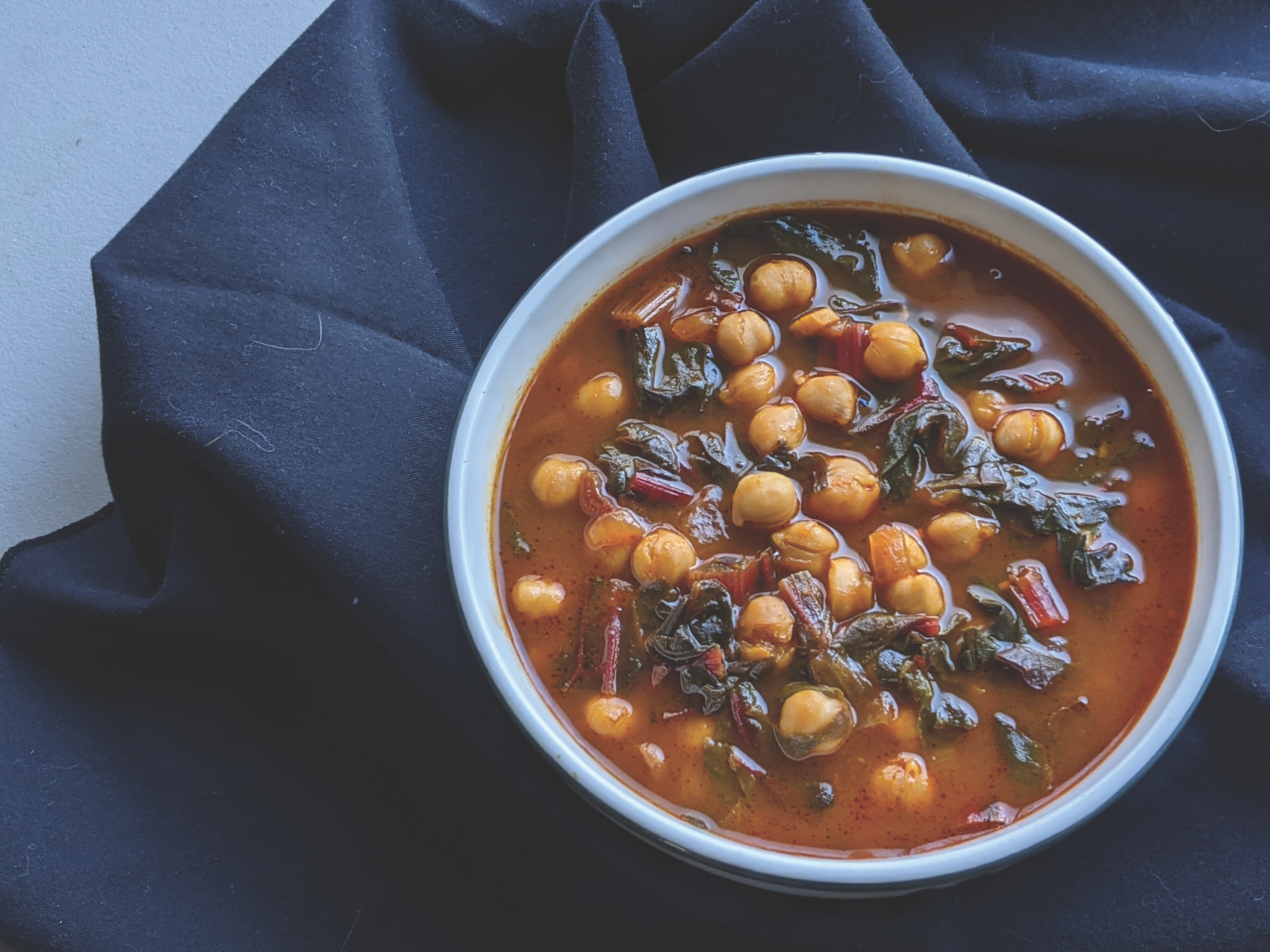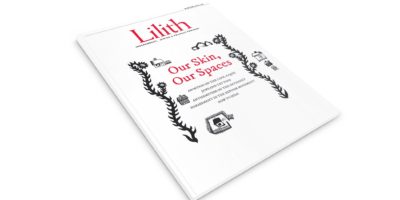
A Bowl of Comfort
Cold winter days and long dark nights have me
yearning for comfort food. For me, it’s a steaming bowl of soup that feels like a warm, satisfying hug.
Comfort food is personal. Chicken soup made from scratch (even if it’s by the local deli) is high on many people’s lists, but no judgement here if a package of five-for-a-dollar ramen makes you smile.
Some of my homemade soups are based on my childhood watching and helping my father make big pots of soup on wintery Colorado Sundays when working outside in his garden wasn’t an option. Poppi, whose parents were Sephardic Jews from Ottoman lands, made garbanzo soup for years—a favorite for our family. Fluent in the Sephardim’s old Spanish language of Ladino, Poppi always used the Spanish name for chickpeas, garbanzos.
Food seems to be able to become part of us over time, as if we somehow remember smells and tastes from lifetimes before our own. And why not? Remains of chickpeas 7,500 years old have been found in Israel and Turkey. Chickpea soup dates back to biblical times, and the versatile legume has been cultivated on the Iberian Peninsula at least since the Romans in the 2nd century BCE. Chickpeas were an important source of pareve (non-meat, non-dairy) protein for hundreds of years of Jewish life in Spain, home of my ancestors, and in the Ottoman lands where they found safe haven from the Inquisition.
This chickpea soup has gentle, but satisfying flavors. Poppi started his by making a broth using beef bones. In my own kitchen, I use broth I make from veggie scraps and add chard for extra flavor, nutrition and further connection to my family history. Chard was a favorite ingredient of Jews in medieval Spain, growing abundantly in home gardens. You can substitute fresh spinach or kale.
Paprika, added after the Sephardim arrived in the Ottoman Empire, is essential to the flavor of this dish, so use really good quality. You can use sweet, hot, smoked or a combination of paprikas as you like. I favor sweet Hungarian. Make chickpeas from dried or use canned chickpeas. Either way, chickpea soup is an easy meal with a salad and crusty bread to accompany your bowl of warm comfort.
Chickpea and Greens Soup
Ingredients
- 2 tablespoons olive oil
- 1 large onion, diced
- Salt
- 1 or 2 bunches Swiss chard (about 1 pound), well washed (or other greens such as kale or spinach)
- 2–3 cloves garlic, minced
- 1 1/2–2 tablespoons finely ground paprika (sweet, hot, smoked or a combination)
- 1 tablespoon tomato paste
- 6–7 cups vegetable or chicken broth or water
- 2 15-ounce cans chickpeas or about 3 cups cooked from dried Ground black pepper
Heat oil in a heavy-bottomed, 5- to 7-quart pot over medium heat. Add onions, sprinkle with a couple pinches of salt and sauté about 10 minutes, stirring occasionally, until softened but not browned. While onions cook, remove large stems from the chard or other greens and dice into small pieces. Set aside in a bowl. Chop the green leaves into bite-sized pieces and set aside in a separate bowl.
Add garlic and paprika to the onions, cook about 2 minutes, stirring a few times as the garlic releases its aroma, but does not brown. Push the onion mixture to the sides of the pot leaving space in the center to add the tomato paste. Let it cook a few minutes, stirring often, allowing the tomato flavor to deepen. Add chopped stems, stir everything together. Cook 4 to 5 minutes as the stems start softening.
Add the broth or water, cover and let cook on medium at a simmer 15–20 minutes until the stems are soft and flavors blended. Stir in chickpeas. If using canned chickpeas, drain and add to the pot or add with liquid (aquafaba) from the cans. Stir in the chopped chard or other greens, cover and cook until the chard is soft and flavors blended, about 20 minutes for chard. Spinach will cook quicker; kale may require a few more minutes to be completely soft. Taste and add salt and pepper as desired before serving. This soup is good as is or served with a sprinkling of grated parmesan or another sharp hard cheese.




